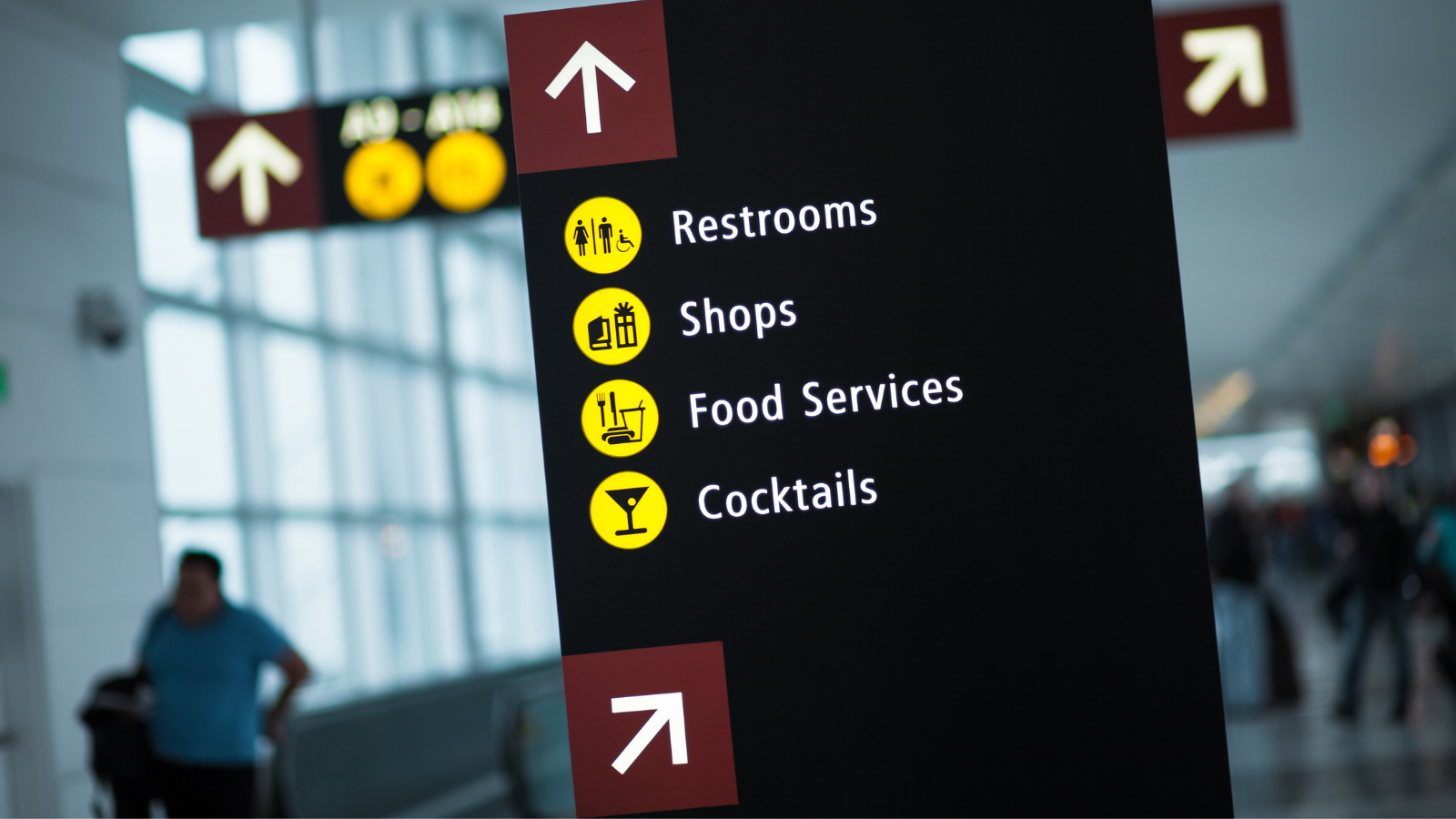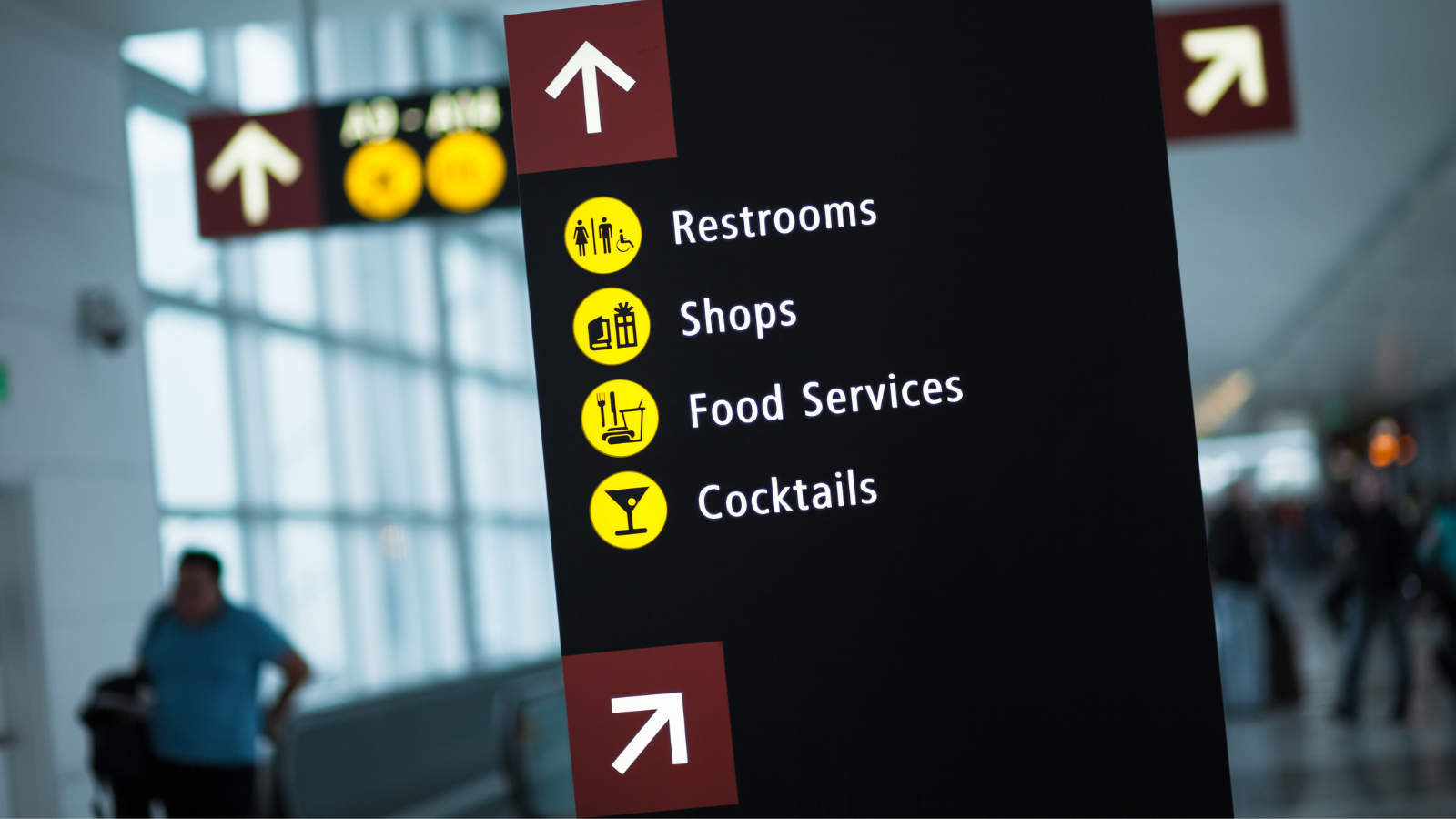
For the past two years, travel has been disrupted significantly. Now, air travel is returning to normal in 2022. It is important for all airports to optimize their foodservice operations to increase revenue, reduce overhead expenses, and meet the needs of their travelers.
Travel in 2022 Could Be Busier Than Ever
There is a lot of pent-up demand for air travel, so it is likely that air travel in 2022 will be busier than it was prior to the pandemic. A lot of people are excited to take vacations once again, and international business is going to heat up quickly. A few statistics that were recently published by the World Travel & Tourism Council include:
- International travelers from the US to other countries is expected to increase by 228 percent.
- Travel is expected to generate nearly 2 trillion dollars for the United States economy in 2022.
- Employment in the travel sector is expected to add close to 3 million jobs, representing a rise of more than 25 percent.
- The US travel sector is expected to grow by more than 28 percent this coming year.
Clearly, these numbers indicate that there will be many more travelers in 2022 than there were in the past. As a result, airports need to make sure they optimize their foodservice operations to handle increased demand.
Insights Into Major Challenges Facing Airport Foodservice from OTG Management
Even though it is great news that the travel industry is picking up once again, there are a number of significant challenges that airports face. Airport operations have not had to deal with large crowds in a while, and Bradlee Bartram and Chef Nicholas Cassidy from OTG Management recently shared some of the biggest challenges that airports face. These include:
- Many airports do not have enough space to hold the necessary equipment for restaurant outlets.
- Airports are also struggling to get the best equipment. Supply chain issues and financial constraints are major concerns.
- Labor issues have also created significant problems, leaving many jobs vacant.
For example, a recent article highlighted that Denver Airport is struggling to meet the demands of large crowds for many of the reasons listed above.
Addressing Major Foodservice Challenges at the Airport
Fortunately, there are ways to address many of the challenges highlighted above. In particular, airports should try to embrace high-tech solutions. By embracing advanced options, airport food service establishments can solve revenue issues and labor shortages. They can reduce their overhead expenses because they will not have to hire as many people, and they can solve labor problems by eliminating the jobs they cannot fill. Many of these advanced solutions also take up less space, so they should be able to fit in airport restaurant establishments. Ultimately, this will leave numerous travel guests delighted with their overall experiences.
For example, a recent article showed that a mobile food ordering and delivery system in Minneapolis is putting a smile on the faces of guests of all ages. Many people point their fingers at the droid as it rolls by, and even kids are delighted to see it. Because of the efficiency of the system, people can order their food and receive it within 15 to 30 minutes, shortening wait times while also reducing overhead expenses.
If you want to optimize your airport foodservice system, then request a free foodservice equipment assessment from One Source. We can help you review your airport foodservice challenges, and dive into potential solutions to overcome them.


